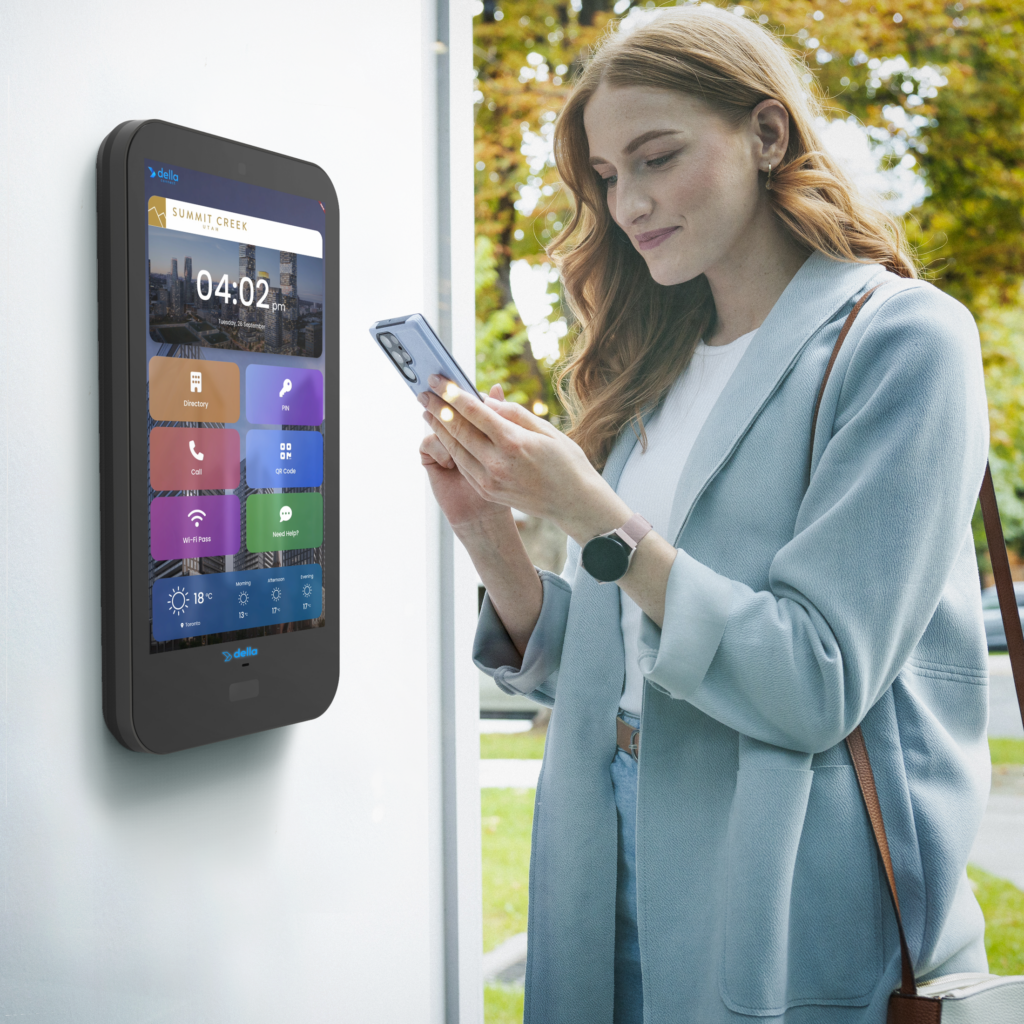- Sales: +1 385 334 4390Support: +1 801 396 2521
How Many TVs Does a Sports Bar Actually Need?
25 January 2022How Long Should CCTV Footage Be Kept for Hotels?
1 February 2022Hospital bills can be pretty expensive, and these costs get even higher when you pay for access to a TV—yes, you have to pay to watch TV while staying at the hospital! Some people think it’s ridiculous, and others are open to the idea. But not everyone knows why hospitals charge patients for television. Hospitals charge patients for TV because the hospital TV system isn’t like a consumer. Most hospitals have smart TV systems with a custom user interface to easily help patients navigate the different services. They also come with multiple subscriptions to cable TV and streaming services. This article focuses on how hospital TVs work and why they’re not free at hospitals. Read on to learn everything you need to know about hospital TVs.
Why Do Patients Have To Pay for TV in the Hospital?
The average person spends 6 hours a day watching television, and that number increases to 11 hours when they’re in the hospital. Meaning around 70% of a patient’s waking hours are spent watching television. So, why should hospitals charge them for such an important tool?
Patients have to pay for TV in the hospital because it offers multiple channels and additional patient-focused services—all of which are quite expensive. Hospital TVs aren’t like regular TVs. They’re uniquely designed to meet special requirements for a hospital setting.
Let’s look at these and more aspects of healthcare-grade televisions that differentiate them from regular consumer TVs.
Hospital TVs Feature a Special Design
While we all appreciate the crisp pictures from large UHD displays, hospital TVs need to be made with a few specific features.
First, healthcare-grade TVs need to save as much space as possible because hospital rooms aren’t very roomy. They also need to have better aesthetics, save energy and be safer than regular TVs.
As a result, these TVs are significantly more expensive than the set you’d buy to watch at home. They meet safety regulations set by The Joint Commission and the National Electrical Code by the National Fire Protection Association (NFPA). And they meet strict hospital electrical standards and are sturdier than consumer models.
These TVs also include features that improve patient satisfaction like easier volume control, front panel locking control, and multiple inputs for pillow speakers. Additionally, they’re equipped with easy installation features like simple mounting designs and slim profiles to save space.
Hospital TVs Have a Custom User Interface
Healthcare TVs have a custom interface that allows patients to get to their desired service without knowing the ins and outs of the system.
The user interface often has a homepage with some commonly used services in well-organized categories. Some also include a customizable pop-up reminder program to check in with the viewer.
Patients Can Use Streaming Services on Hospital TVs
One of the main reasons you want a TV (even in a hospital) is to watch TV shows. Modern hospital TVs have the option of both cable tv and streaming services.
While cable isn’t completely dead yet, most people watch TV shows on streaming services like Hulu, Netflix, and Amazon Prime. The patient might already have an existing account and simply needs to log in and continue watching their favorite shows.
As a result, patients need to pay for the streaming service and internet connection required to run the services.
Patients Can Use Hospital TVs To Understand Their Medical Conditions
Although TVs are primarily entertainment devices, you can quickly turn them into educational tools for the patients. Connecting the television to other medical devices allows the patient to interpret and understand their medical condition visually. Hospitals can also convert print data into videos and display them on TV.
In addition, pharmaceutical companies are now producing educational videos regarding certain medications or treatments for the patient’s viewing.
With these detailed videos, patients can understand their prescriptions without calling a nurse or doctor. They can also make more informed medical decisions where they’re required to.
Is It Necessary To Have a TV in the Hospital?
Hospitals are sometimes viewed as gloomy places, and rightly so. Most patients are in physical pain and, often, emotional distress.
What’s worse, patients are mostly alone. They receive visitors for only a couple of hours during the day, and nurses can’t keep them company long enough because they have to tend to other patients. As a result, television comes in handy.
It’s necessary to have a TV in the hospital as it helps entertain patients, distract them and get their minds off their current pain and discomfort. Watching TV in the hospital may therefore be therapeutic for some patients.
One of the best ways for patients to feel at home in a hospital bed is to catch up with their favorite tv shows or sports activities. Studies show that healthcare TVs enable hospitals to offer patient-centric care. Televisions are, therefore, as necessary to patients as the visits they get from family and friends.
Final Thoughts
Hospital TVs play a significant role in distracting patients from their physical and emotional distress. But these TVs don’t come cheap, hence why patients have to pay for them. These charges might be higher if the patient uses streaming services and digital broadcasts, which requires an internet connection. As opposed to a broadcast television network.
Having a TV at the hospital is useful because it offers patients with safety, a custom user interface, and TV subscriptions. Thanks to hospital TVs, patients can always stream their favorite shows, keeping them company while they’re recovering.
Here at Groove Technology Solutions, we offer a variety of services, including being a DirecTV authorized hospitality dealer. We provide DirecTV and other services to different industries, including hospitals. All our packages include 24/7 customer support and expert installation by their technicians. Contact us today to get more information!
Sources
- Hit Leaders: Hospital TVs Vs. Consumer TVs
- Healthcare Facilities Today: Healthcare Televisions Enable Hospitals To Offer Patient-centric Care
- PDI Arm: Is Your Healthcare Facility Up To Code?
- Hospedia: Why Do You Have To Pay For TV In Hospital?
- Groove Technology Solutions: All Hospitals Have TV, But Not All Have Great TV
Explore Our Industries and Services in Detail
Discover how our all-in-one technology solutions and systems integrations can improve your guest and resident experience.





